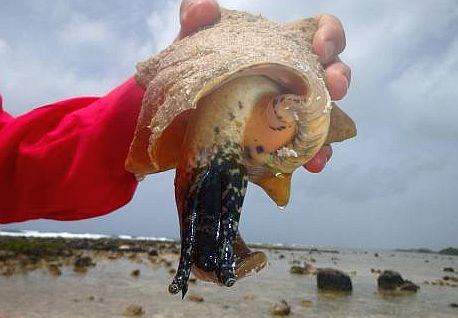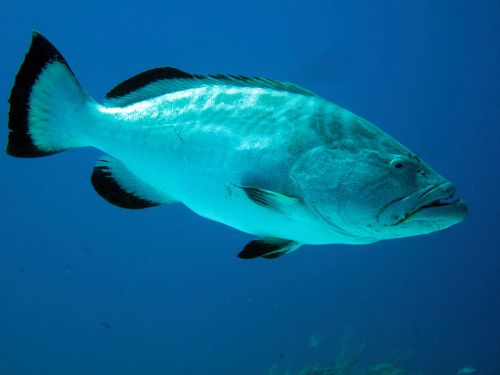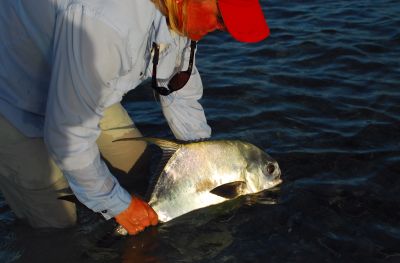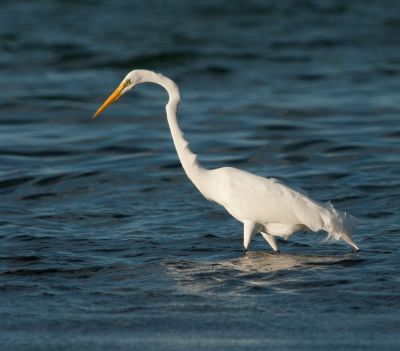The wider Turneffe area, with its deep water passages, provides important habitat for marlin, sailfish, mackerel, jacks, kingfish and sharks. These species inhabit waters surround Turneffe that reach depths of 5000 feet.
Four spawning aggregation sites are located at Turneffe - Mauger Caye, Dog Flea Caye, Soldier Caye and the Elbow. These sites are in areas where the Atoll drops off into the deep sea and currents converge to provide ideal conditions for spawning fish such as Nassau, tiger black and yellowfin grouper, cubera, black , dog, mutton and yellowtail snapper, as well as horse eye-jack, creole wrasse, Spanish mackerel, ocean triggerfish and permit. The fish gather in huge numbers, spiraling upwards through the water column, then dropping back down into the depths.
Species of international concern at Turneffe Atoll include the critically endangered goliath grouper, the endangered Nassau grouper, the great hammerhead and the scalloped hammerhead sharks, the queen triggerfish, marbled grouper, white grouper, snowy grouper and yellowmouth grouper, the northern seahorse, hogfish, mutton snapper, cubera snapper, rainbow parrotfish, whale sharks and several varieties of toadfish including the endemic white-spotted toadfish.
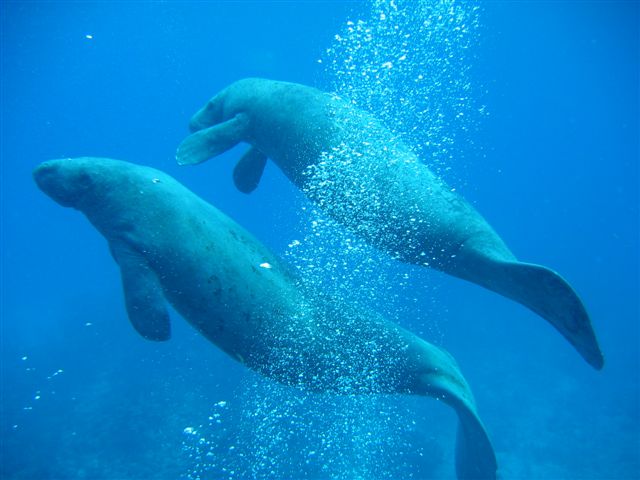

%20LR.jpg?t=1411330485761)

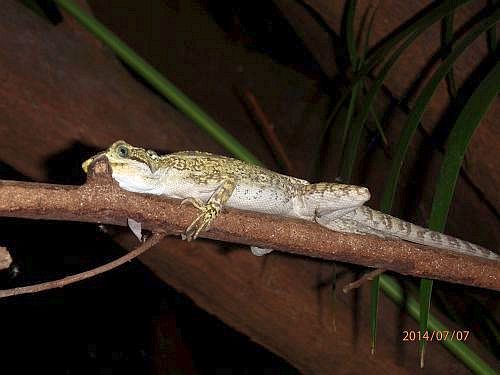

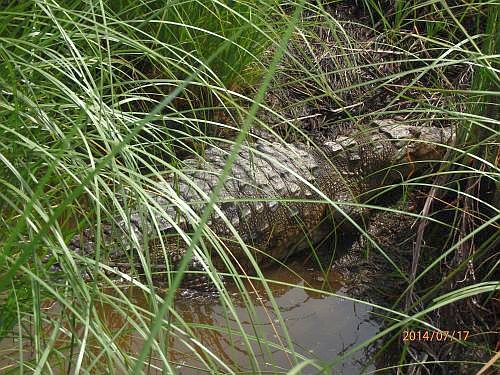
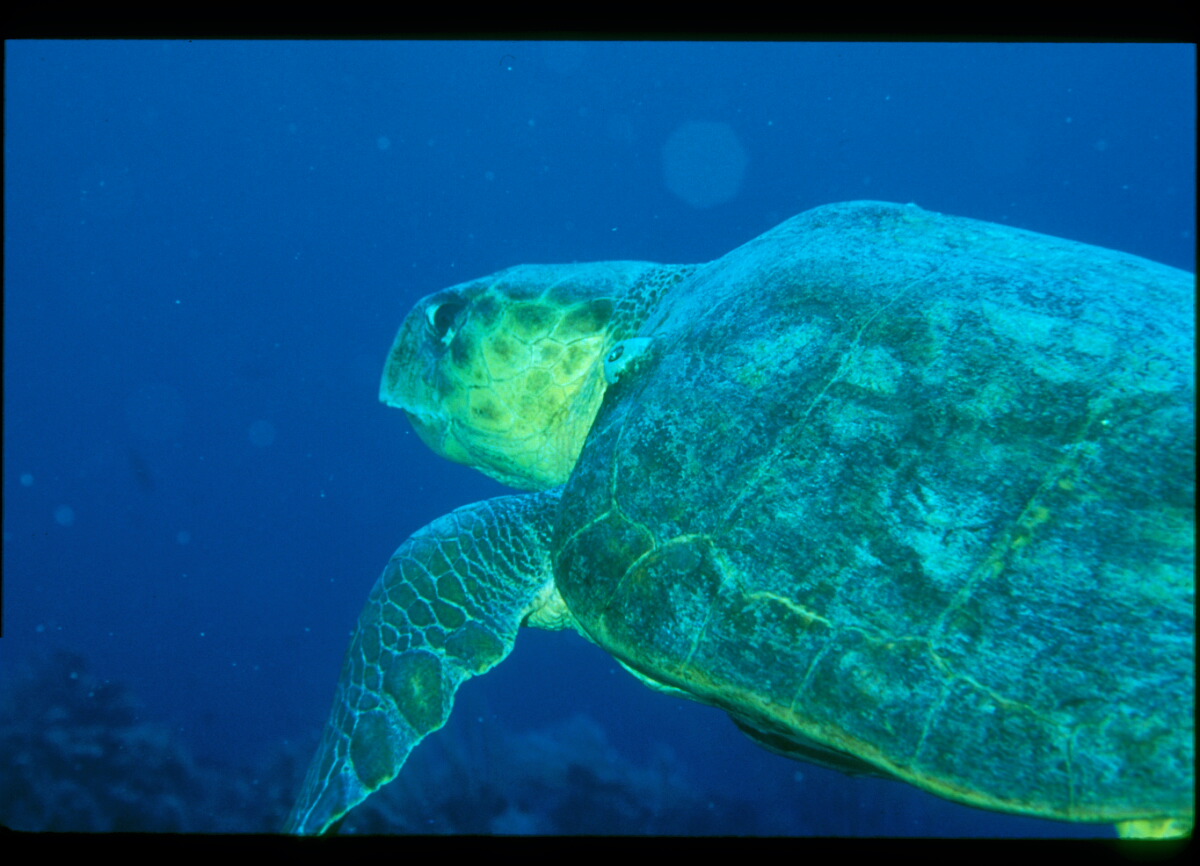
.jpg?t=1411334782394)
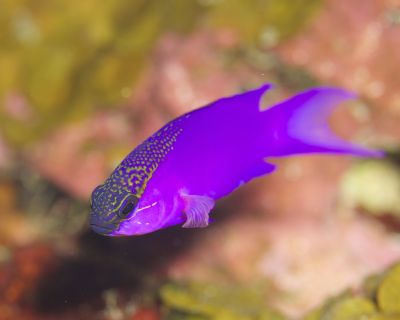
.jpg?t=1411339341704)
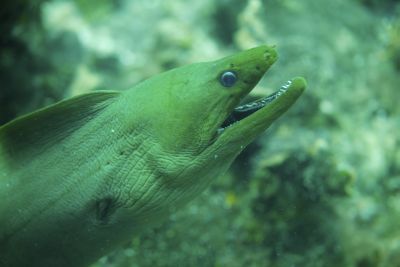

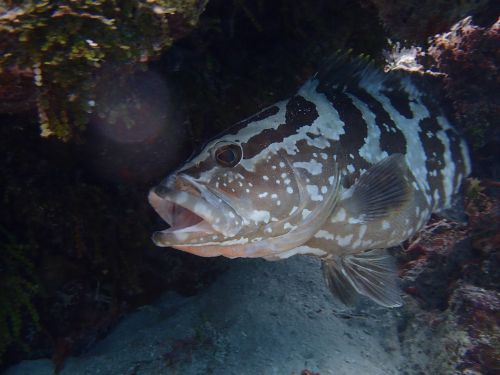
 .
.
